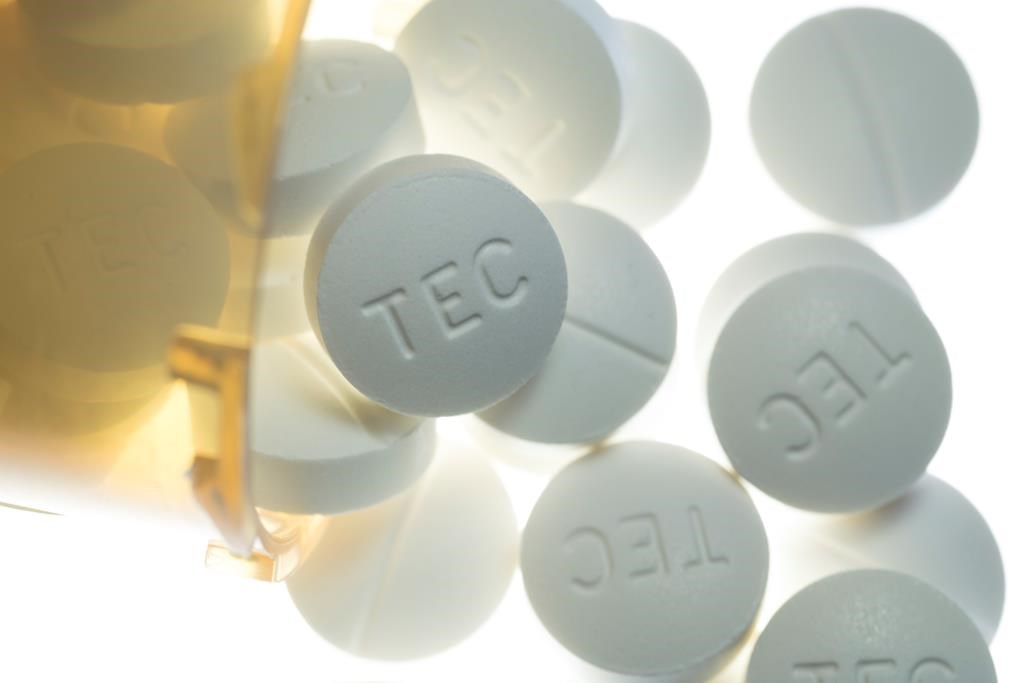The number of accidental drug and alcohol deaths almost doubled in Ontario during the COVID-19 pandemic, a report released Thursday said.

Almost 3,000 people died from drug or alcohol toxicity in 2021, compared to nearly 1,600 people in 2018, according to the study by The Ontario Drug Policy Research Network and Public Health Ontario.
That’s an average of eight deaths every day in 2021, said senior author Tara Gomes, who is a principal investigator with the drug policy research network and an epidemiologist at St. Michael’s Hospital in Toronto.
The researchers used data from ICES, a non-profit health research institute formerly called the Institute for Clinical Evaluative Sciences, and from the Office of the Chief Coroner and Ontario Forensic Pathology Service.

The number of accidental substance-related deaths was already climbing– especially with opioids — before the pandemic was declared in 2020, Gomes said.
But those deaths appear to have accelerated early in the pandemic, involving not only opioids such as fentanyl, but also stimulants such as cocaine and methamphetamine, as well as benzodiazepines and alcohol, she said.
People were often using more than one substance when they died. During the pandemic, the number of deaths involving multiple substances surpassed deaths from one substance alone, Gomes said.
Opioids were a contributing factor more than 80 per cent of the time when people died using stimulants, alcohol or benzodiazepines between 2018 and 2021, the study showed.
But although opioid toxicity is a critical public health emergency and has garnered a lot of attention, it’s important to recognize that people also die when using cocaine, methamphetamine, or amphetamines, Gomes said, noting that one in six deaths linked to stimulants did not involve opioids.
Accidental alcohol toxicity deaths increased by 16 per cent in Ontario between 2018 and 2021, the report said. In 2021, that killed almost 300 people. Most of those deaths also involved opioids, stimulants or benzodiazepines taken at the same time. Twenty-five people died from alcohol overdose without other substances involved.
It’s not clear how often people were using multiple drugs intentionally and how often they didn’t know another drug was in the mix, Gomes said, noting that it can depend on the drugs.
For example, sometimes people take stimulants to counteract the sedative effects of opioids, Gomes said. But people often don’t know that benzodiazepines have been mixed into the illicit fentanyl supply.
That makes it challenging to reverse overdoses, because naloxone only works on opioids, not benzodiazepines. It also means that people unwittingly become dependent on benzodiazepines and go into withdrawal if that dependence isn’t treated, she said.
Addiction to multiple drugs makes treatment more complicated, Gomes said, so the study findings show how important it is for the health-care system to be prepared to help people using different substances.
The acceleration of drug toxicity deaths during the pandemic could be linked to increased stress anxiety, and isolation, as well as the disruptions in harm reduction, community-based programs and the health-care system, Gomes said.
Another factor was likely “some of the public health measures that were designed to keep us safe from COVID which also changed the way people use substances and made that environment riskier for people,” she said.
The study showed that between 2018 and 2021, about three-quarters of people killed by drug toxicity across all substances died in private homes.
That’s an important finding, Gomes said.
“A lot of people, because of the stigma and shame that comes from using substances, are really forced (into) usingthese substances alone and to hiding it from their friends and family and loved ones.”
That puts people in danger because there’s no one to help in the event of an overdose, she said.
The study illustrates the importance of not just treatment, but also having more open conversations and destigmatizing drug use, Gomes said.
“There are harms that come with substance use and we know that across the board, from alcohol to stimulants and opioids,” she said.
“But we also know that people often are going to choose to use substances regardless of whether we as a society morally think that is the right or wrong thing to do. And if we don’t find a way to help support people doing that safely, we’re kind of agreeing as a society that we’re OK with letting people die.”



Comments